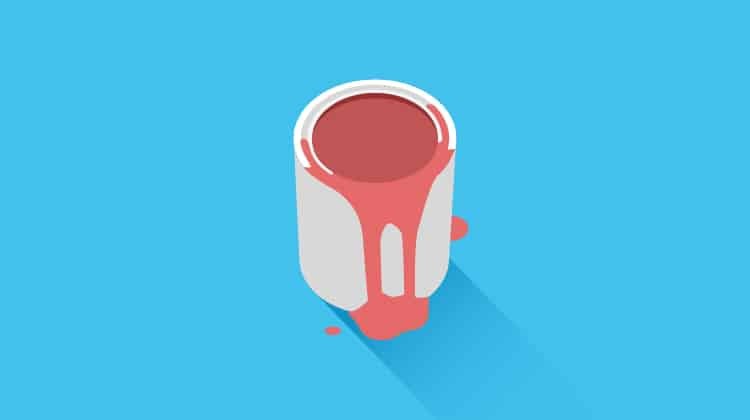How To Make a Great PPC Landing Page From Your Website
by Manny Lopez • April 8, 2015
PPC landing pages are more than just a fresh coat of paint
Whats the difference between a website and a landing page?
A website and a landing page serve two very different purposes. A website is usually the command center for a company. It contains all products, services, blogs, and company information spread across many pages. It exists for branding, SEO, support, and more. A landing page, on the other hand, is a single page designed around a single cohesive message to drive one action. Its sole purpose is to get the user to convert into a lead or a sale.
For a designer a website can be a helpful tool for designing conversation-driven landing pages. It’s a great place to gather resources, design inspiration, and content to drive your landing page messaging. Below I will outline the different ways I use a company’s website to build great PPC landing pages.
Look And Feel
It’s very important that a landing page is consistent with a company’s look and feel and brand guidelines. First, identify a color palette, choose your fonts, and get a sense of photography on the website. Remember that the landing page is a part of your brand and it should have the same design style, although it doesn’t have to be identical. On a family tree the website would be the mother and the landing page could be a cousin: it should look similar but have its own personality.
Who’s The Target Audience?
A company’s products and messaging is usually directed to a specific target audience. This is important to your landing page design because you want to make sure that you write headlines, subheads and copy for the same audience you’re targeting in your advertising. This is crucial to writing consistent, conversion-driven content and selecting design elements that fit your industry.
Different industries call for specific design elements, color schemes, and photography styles. For example, a company selling woman clothing is going to use different colors and photo styles than an MMA gym. If you aren’t careful you will loose your target audience’s attention and miss the opportunity to convert them into customers.
Gathering Design Resources
For my clients, once I have a sense for their look and feel and the target audience I usually use their website to find resources I can use for the landing page design. The design process works best when the client has creative assets available already. If not, the website is a great resource for gathering important assets such logos. Sometimes I can pull unique imagery from the website to ensure that the landing page is on brand.
Anatomy Of A Great Landing Page
Once you have all your images, fonts, and colors you are ready to design a great landing page. There are certain things most landing pages need in order to be successful.:
1. The Form
If you’re trying to generate leads, this is the most important part of your landing page. The entire purpose of the page is to get people to enter their information. Without a good form there is no landing page!!!! You want to make sure your form is close to the top of the page and stands out. Its also important that the form has its own sub-head that reinforces the value proposition.
The form should have enough fields to gather valuable information but its shouldn’t be so long that it seems overwhelming to the user. It is also a good idea to have a phone number and a privacy disclaimer that reassures the user you will not sell their information.
2. Hero Shot
The hero shot—the most prominent graphic or image above the fold—is your chance to make a good first impression. You want to make sure that your hero shot is something that is going to get a user’s attention. It should dictate what style of images to use in the rest of your design. You want to make an emotional connection with this image and capture the interest of the user. If your hero shot uses pictures of people, it’s helpful that they are looking at your call to action.
3) Headlines and Sub-headers
A headline should be like an expensive watch: crafted with care and polished until it’s perfect. Your headline is the first introduction to your value proposition: What are you offering? What makes you special? Why should the user give you their information? Why are you here?
It’s important that your headline matches the message in your ads to ensure that your messaging is consistent across the entire campaign. The sub-header is also important. It should be a reinforcement of the headline and drive your message home.
4) Key Point and Benefits
On your landing page you want to make sure that you have the key points of your company’s value proposition. Essentially, a list of benefits you offer. Icons with short descriptions are a great way to do this, as well as bullet points to showcase key features.
5) Testimonials/Social Proof
If you’re like me, when buying anything online the first thing you check is…. the price! But after that I usually go to the reviews and see what people who have bought the product or used the service are saying. You can use testimonials on your landing page to showcase what other happy customers think about your product or service.
In Conclusion
A website is probably the number one resource for helping you design a great PPC landing page. It has everything that you need to lock down your company’s look and feel, establish your color palette, and get some creative assets like logos. Your landing page should feel similar to your website but it should follow landing page best practices as well.
Do you have any advice on creating a great landing page from a website? Let us know in the comments.





